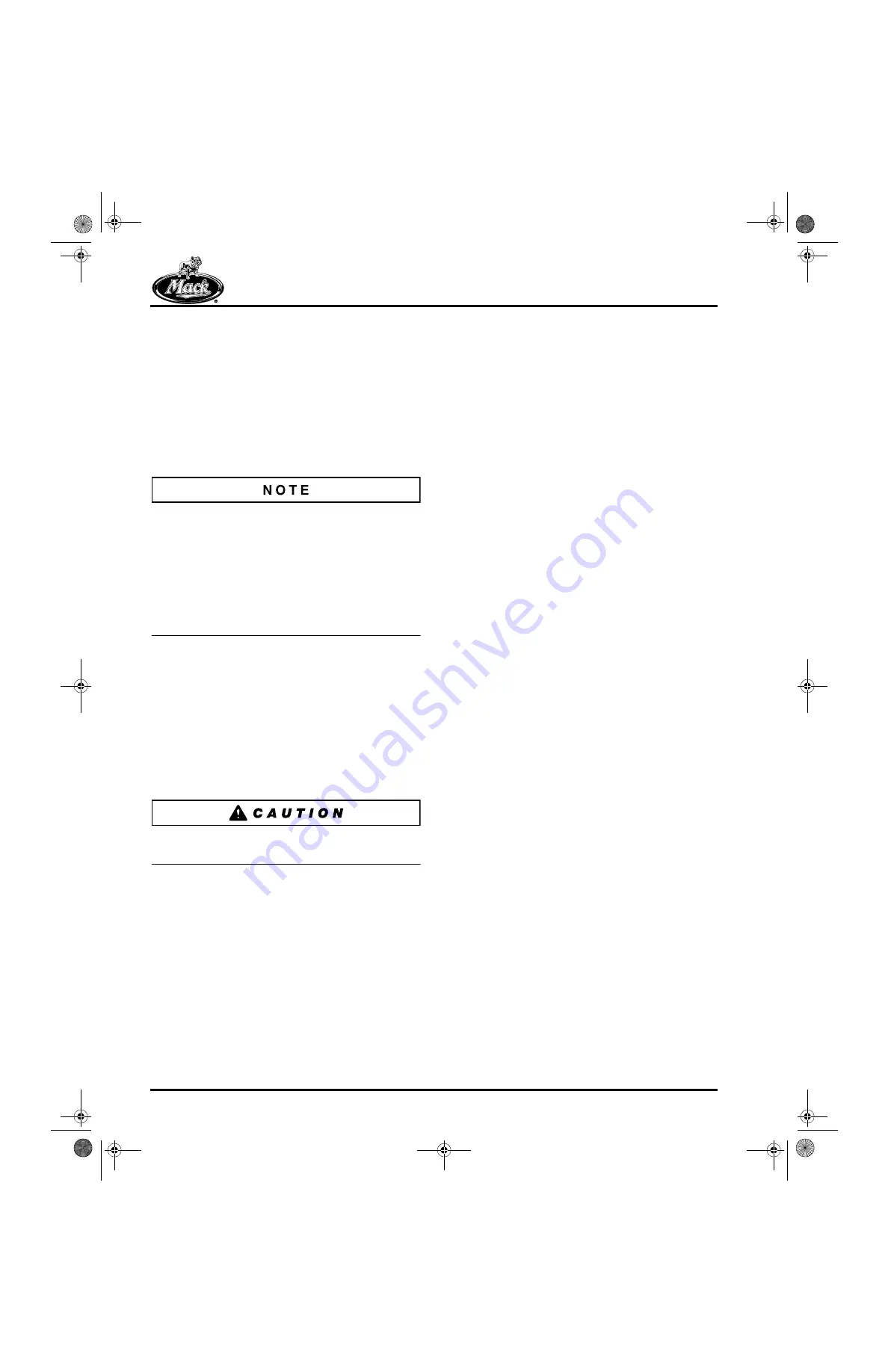
Page 76
TROUBLESHOOTING
Cylinder Block Coolant Passage
Leak Check — Out of Chassis
Refer to Figure 67.
1. Fabricate two 3/4-inch thick (19.1 mm) steel
plates to simulate cylinder heads. The plates
must have cutouts for the head capscrews
and liners. Use a 1/4-inch (6.4 mm) thick
rubber gasket as a seal. Install the plates
onto the cylinder block.
As an alternative to step 1, conduct the test using
two known leak-free cylinder heads complete with
gaskets and fire rings in place of the steel plates.
With this alternative, a water manifold (with the
outlet end sealed) can be used to seal off the
cylinder head coolant ports. Fittings can be
installed on the water manifold to introduce the
heated water and air pressure needed for the
test.
2. Remove the water pump assembly and seal
the opening with a suitable plate and rubber
gasket. The plate must be fabricated with
adapters so that water heated to 150
°
F
(66
°
C) and pressurized to 50 psi (345 kPa)
can be introduced into the system.
3. Apply approximately 50 psi (345 kPa) air
pressure into the cooling system. Visually
inspect the cylinder block for signs of air and
water leaks.
Do not exceed 50 psi (345 kPa). Damage to seals
or cup plugs may result.
5_106_00.bk Page 76 Friday, August 4, 2000 11:17 AM
BDC for engine manuals and specs
















































